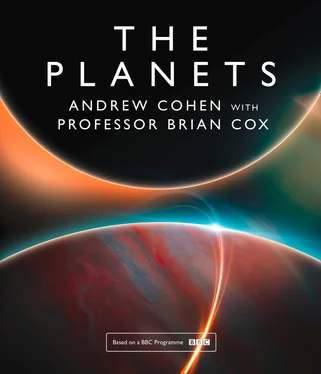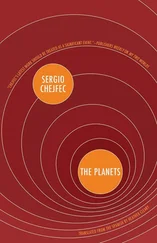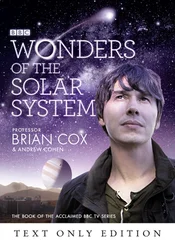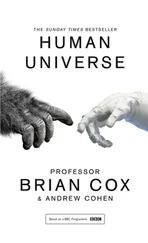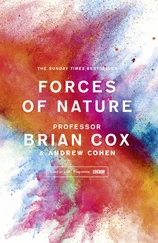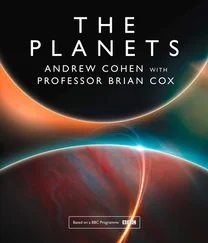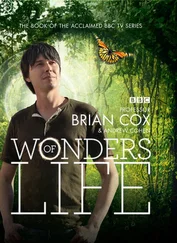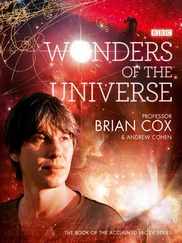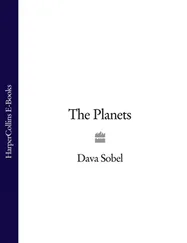The Tunguska airburst of 1908 is the largest impact event on Earth in recorded history. It flattened 800 square miles of forest.
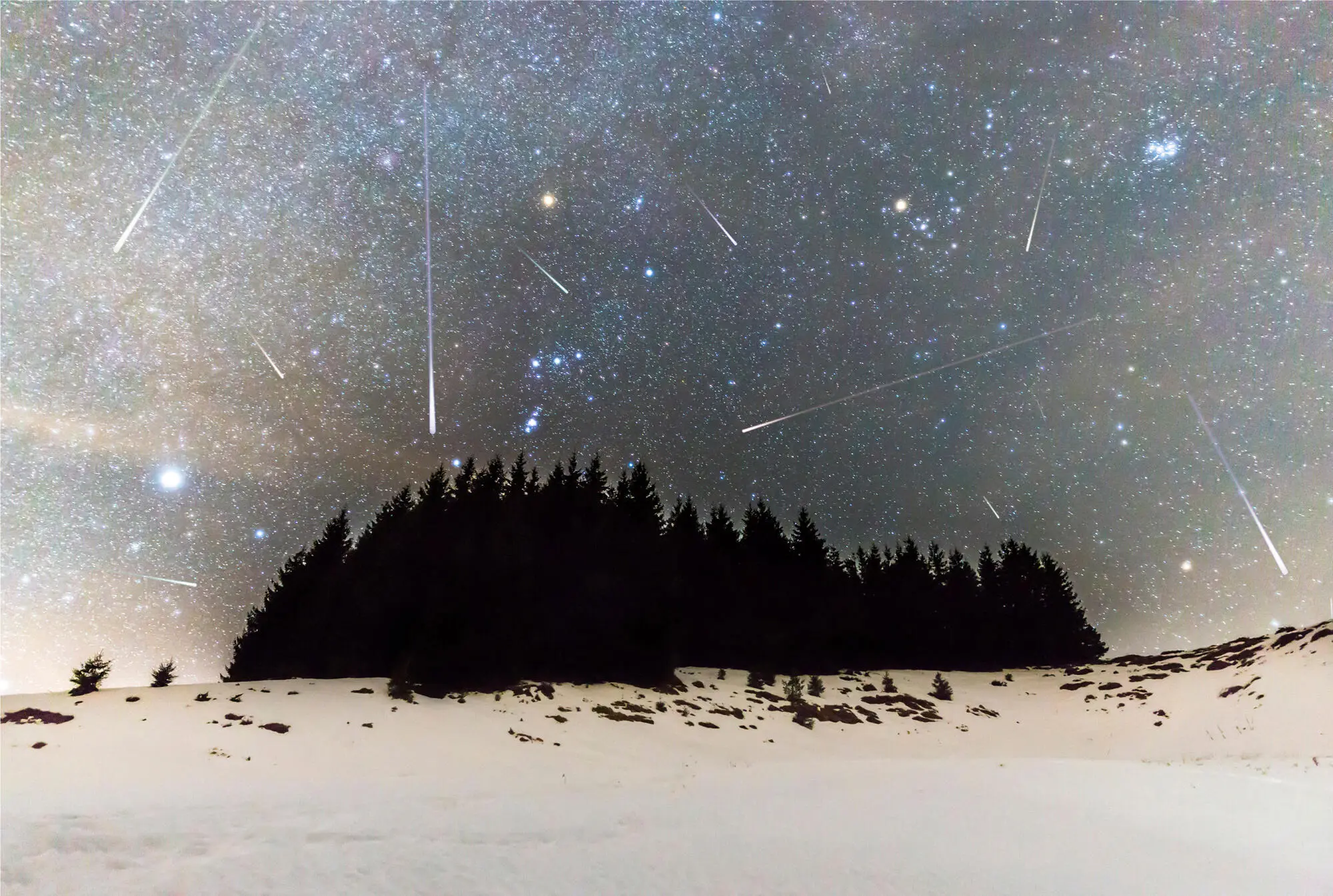
© Pluto / Alamy Stock Photo
Meteor showers are not uncommon, but as most meteors are smaller than sand grains, they disintegrate before hitting the Earth’s surface.
The interdependent nature of the Solar System has become more evident as we have begun to understand its history. It is tempting to imagine that the physical layout of the planets is a fossilised remnant of primordial patterns in the collapsing dust cloud around the newly ignited Sun 4.6 billion years ago, but our exploration of the planets, coupled with increasingly powerful computer simulations of the evolution of the Solar System, has revealed that this is not the case. Planetary orbits are prone to instability; particularly so in the early, more chaotic years when our Solar System was young. The details of precisely how the planetary orbits have shifted are still uncertain, but we now suspect that Mercury, the innermost planet, began life much further out and was deflected inwards to its present-day seared orbit. Jupiter and Saturn may have drifted inwards shortly after their formation, before reversing their course and retreating, but not before affecting the distribution of material out of which Mars and Earth would later form. Around the time that life began on Earth, Neptune and Uranus may have been flung outwards, disrupting the orbits of billions of smaller objects far from the Sun. The record of this time of unprecedented violence, known as the Late Heavy Bombardment, is written across the scarred surface of the Moon, itself most likely formed in a glancing interplanetary collision between Earth and a Mars-sized planet 4.5 billion years ago. The planets are like snowflakes; the detail of their structure – their composition, size, spin and climate – are a frozen record of their past.
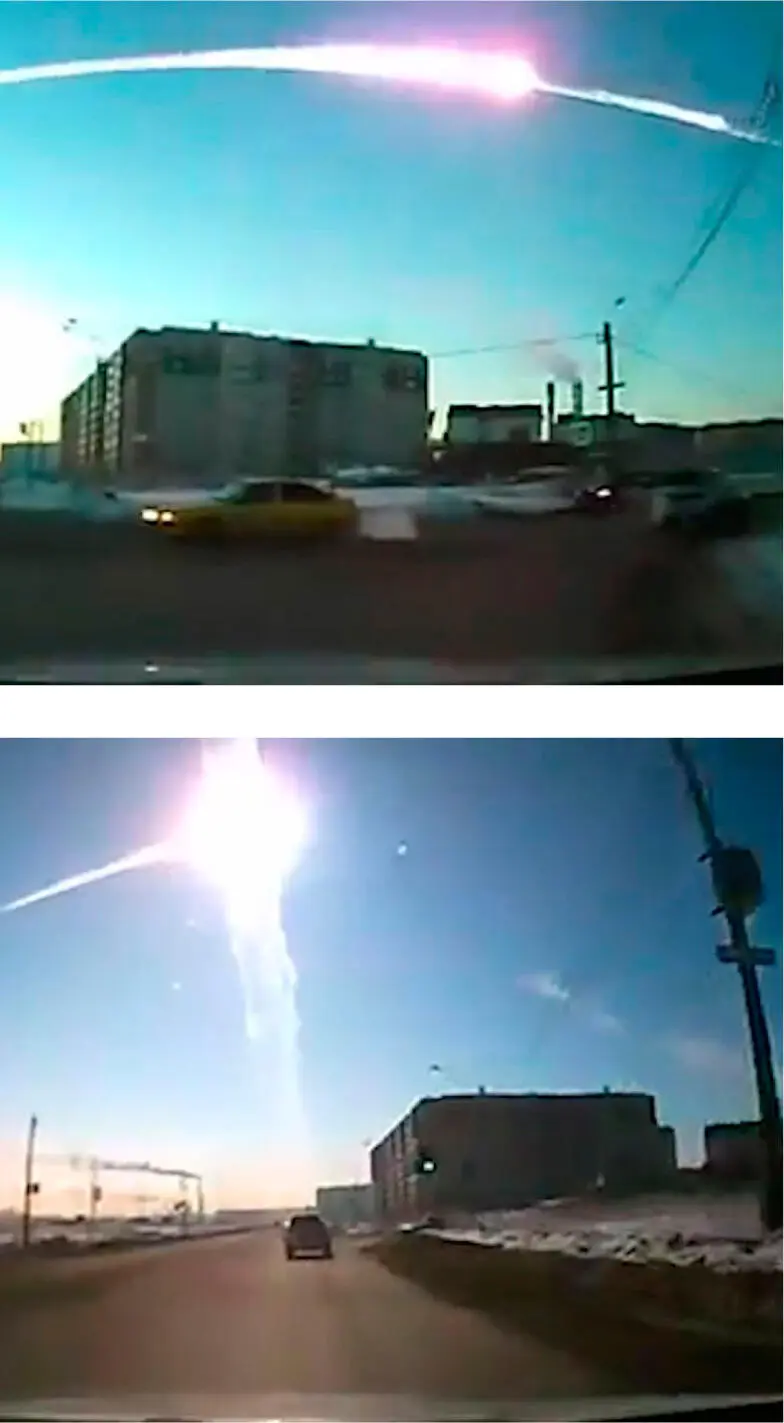
© SPUTNIK / SCIENCE PHOTO LIBRARY
Two views of the Chelyabinsk meteor fireball caught on camera in 2013.
An understanding of the planets beyond Earth is therefore a prerequisite for understanding our home world, and that in turn is a prerequisite for understanding ourselves. Earth is unique in the Solar System because it is a planet with a complex ecosystem. The genesis and subsequent 4-billion-year evolution of life on Earth required planetary characteristics which are necessarily linked to the evolution of the system as a whole. There had to be liquid water on the surface, and much of this water was delivered after the Earth’s formation by icy, water-rich asteroids and comets, possibly deflected inwards from the outer Solar System by Jupiter. These rivers, seas and lakes of extra-terrestrial origin had to persist for the best part of 4 billion years, which required a stable atmosphere to maintain surface temperatures and pressures within a limited range. Four billion years is a long time – around a third of the age of the Universe. The Sun has brightened by 25 per cent since the Earth formed, which makes the stability of our environment all the more difficult to understand. In a chaotic system of planets around an evolving star, a planet with life-supporting properties and the remarkable stability enjoyed by Earth over billions of years may be extremely unusual. The study of our sister worlds, Mars and Venus, has proved instructive in understanding just how fortunate we may have been and how delicate our position today might be.
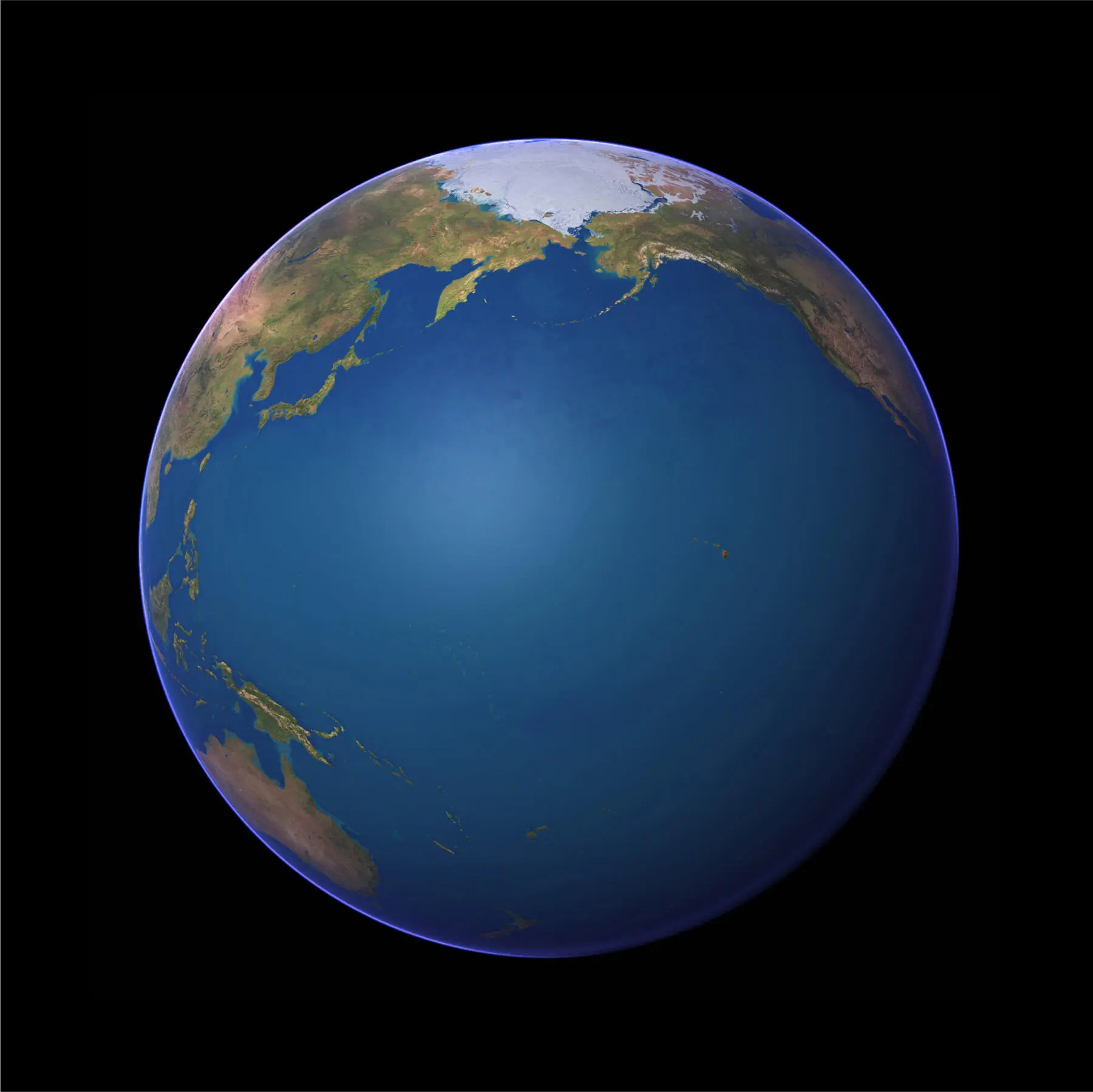
© PLANETARY VISIONS LTD / SCIENCE PHOTO LIBRARY
Satellite image of the Earth, centred on the Pacific Ocean. Water dominates this hemisphere of the Blue Planet.
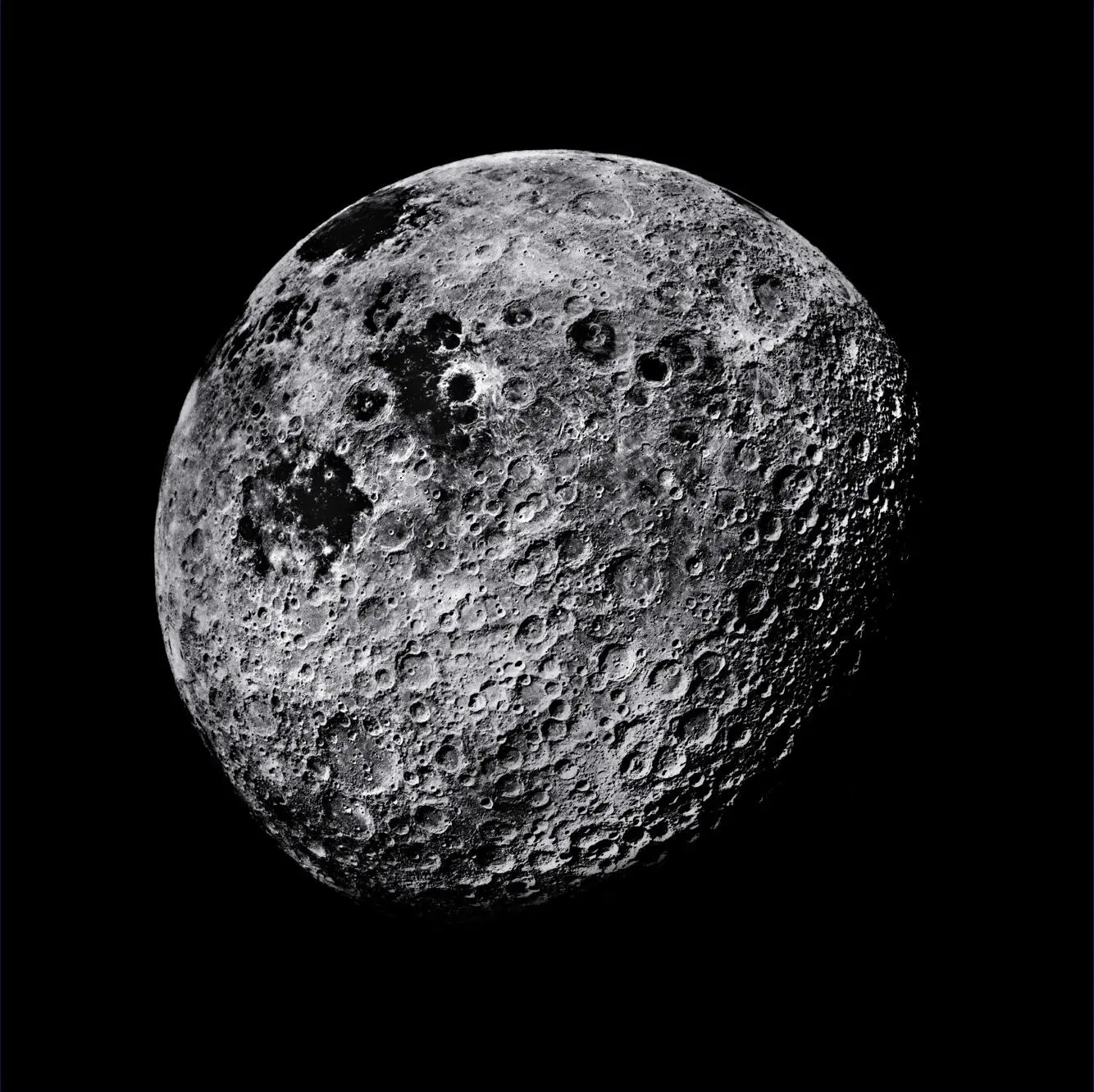
© NASA / SCIENCE PHOTO LIBRARY
The far side of the Moon bears the scars of the Late Heavy Bombardment. Photographed from Apollo 16 in 1972.

© NASA/JPL-Caltech/Univ. of Arizona
This colour-enhanced satellite photo of the Mississippi River Delta shows a lush, watery landscape.
Four billion years ago, as life began on Earth, Mars was also Earth-like.
Four billion years ago, as life began on Earth, Mars was also Earth-like. It had oceans and rivers and active geology and complex surface chemistry; the ingredients of life. One of the primary goals of the fleet of spacecraft currently in orbit around and exploring the surface of Mars is to search for evidence of past or even present life, and to understand why the red planet was transformed from a potential Eden at the dawn of the Solar System to the frigid desert world we observe today. The story is complex, but one of the most important differences between the two worlds is size. Mars is just one-tenth the mass of Earth; too small to hang on to its internal heat, its protective magnetic field and its atmosphere for much more than a billion years after its formation. Yet Mars formed in a similar region of the Solar System to Earth and Venus, so why is it so small? The answer may lie in the fast-changing orbits of Jupiter and Saturn early in the Solar System’s history. These surprising findings will be explored later in this book.
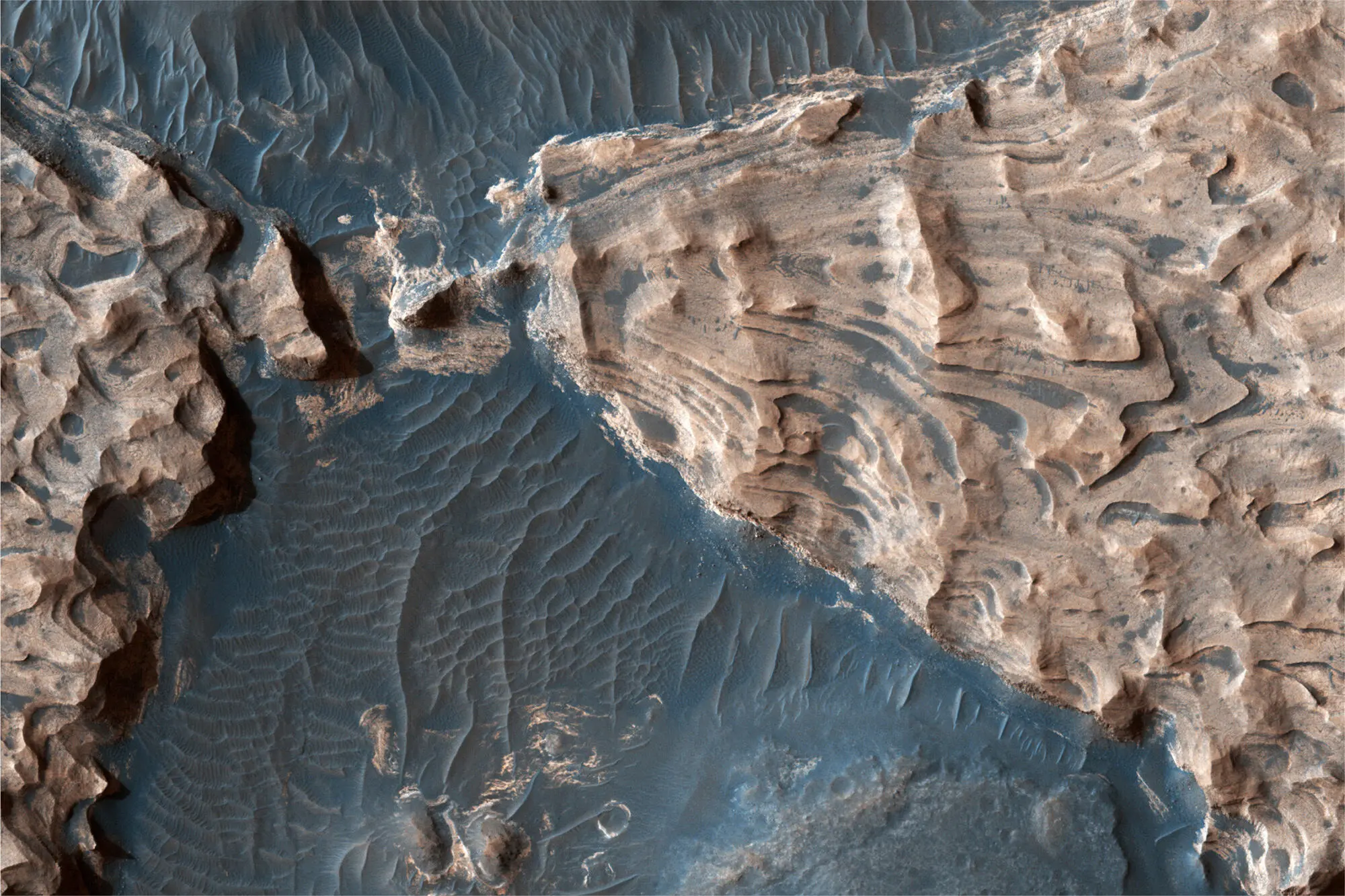
© NASA Earth Observatory images by Joshua Stevens
NASA’s Mars Reconnaissance Orbiter captured this photograph of Aram Chaos, an ancient impact crater that once held a lake.

© NASA / SCIENCE PHOTO LIBRARY
The Apollo 11 mission in July 1969 changed human history, landing the first people on the surface of the Moon.
‘Life, forever dying to be born afresh, forever young and eager, will presently stand upon this Earth as upon a footstool, and stretch out its realm amidst the stars.’
H.G. Wells
The history of Venus is perhaps even more puzzling, in part because of the immense difficulty of exploring the planet. Venus is often described as a vision of hell; surface temperatures are high enough to melt lead, and the atmospheric pressure is 90 times that on Earth. Sulphuric acid raindrops fall from its clouds. And yet, long ago, Venus too may have been Earth-like. Perhaps there were once Venusians, before a runaway greenhouse effect took hold and began destroying Venus’s temperate climate around 2.5 billion years ago – although this date is highly uncertain.
Taken together, the stories of the three large terrestrial planets are salutary. If an alien astronomer observed our Solar System from afar, they would classify Mars, Earth and Venus as potentially living worlds, orbiting as they do inside the so-called habitable zone around the Sun – the region within which, if atmospheric conditions are right, liquid water can exist on the surface of the planets. All three worlds may have once been habitable, and all three worlds may have once harboured life, but now only Earth supports a complex ecosystem, let alone a civilisation.
Читать дальше
